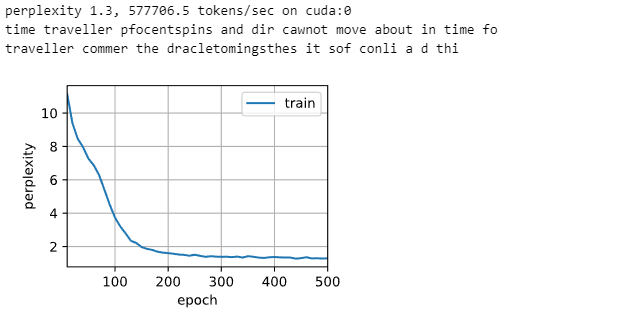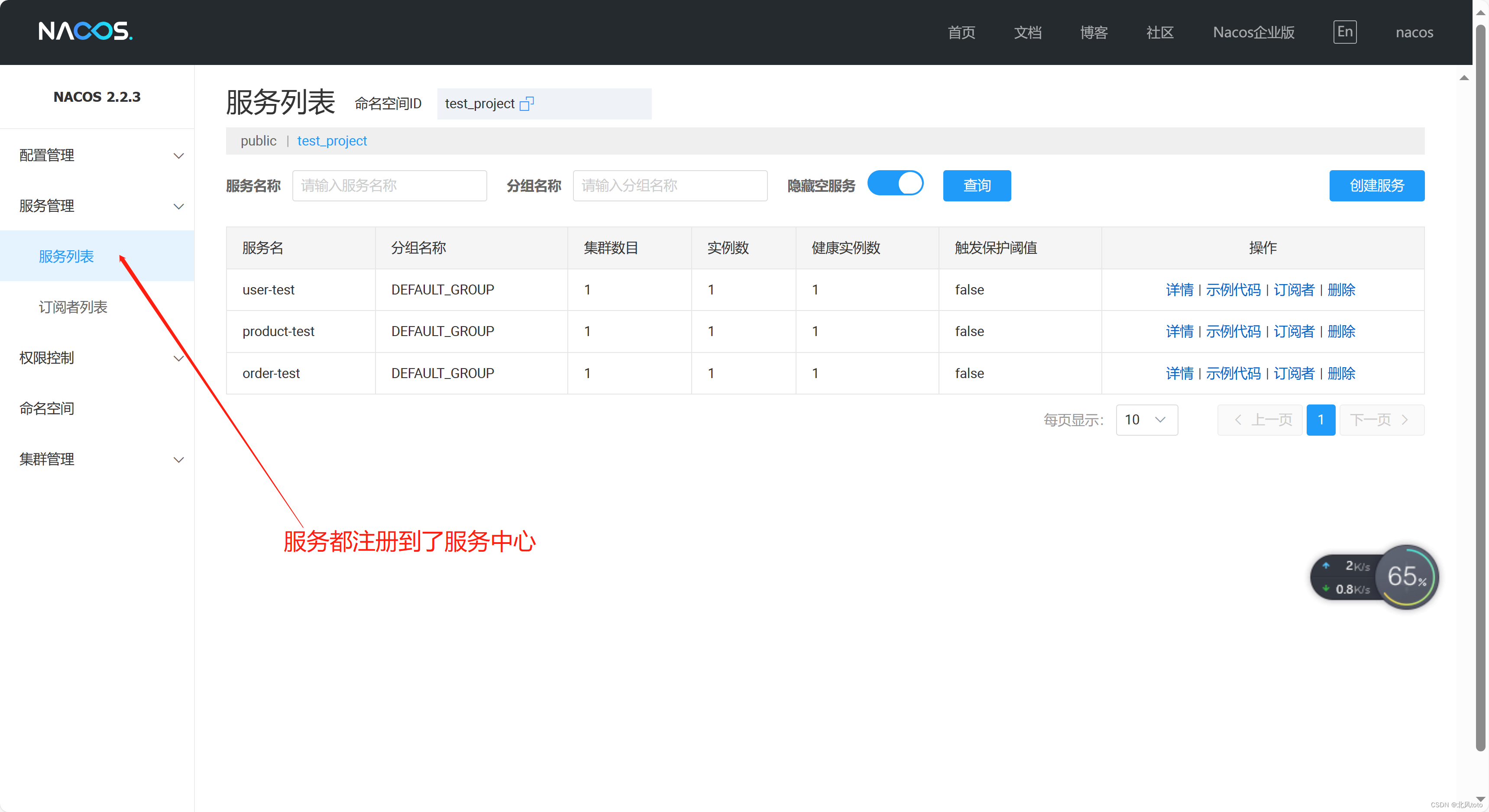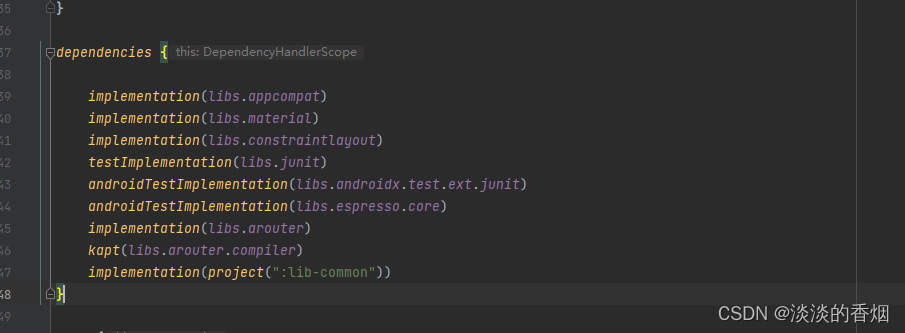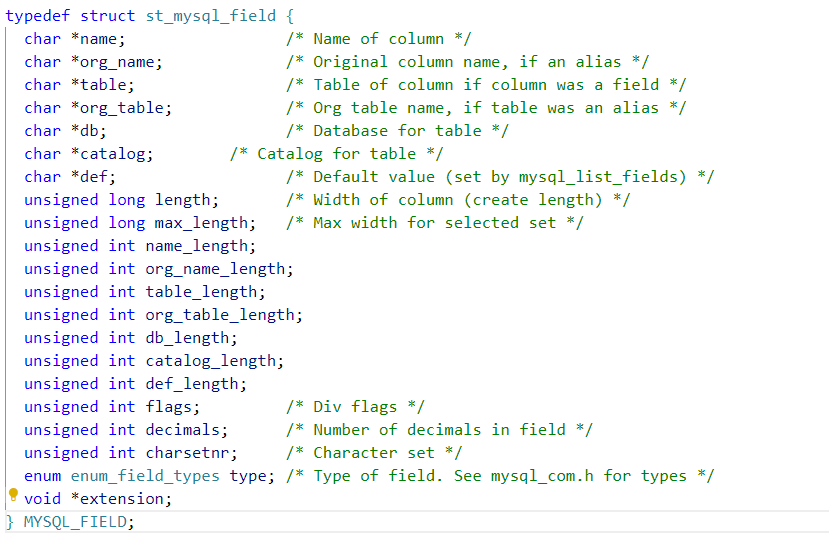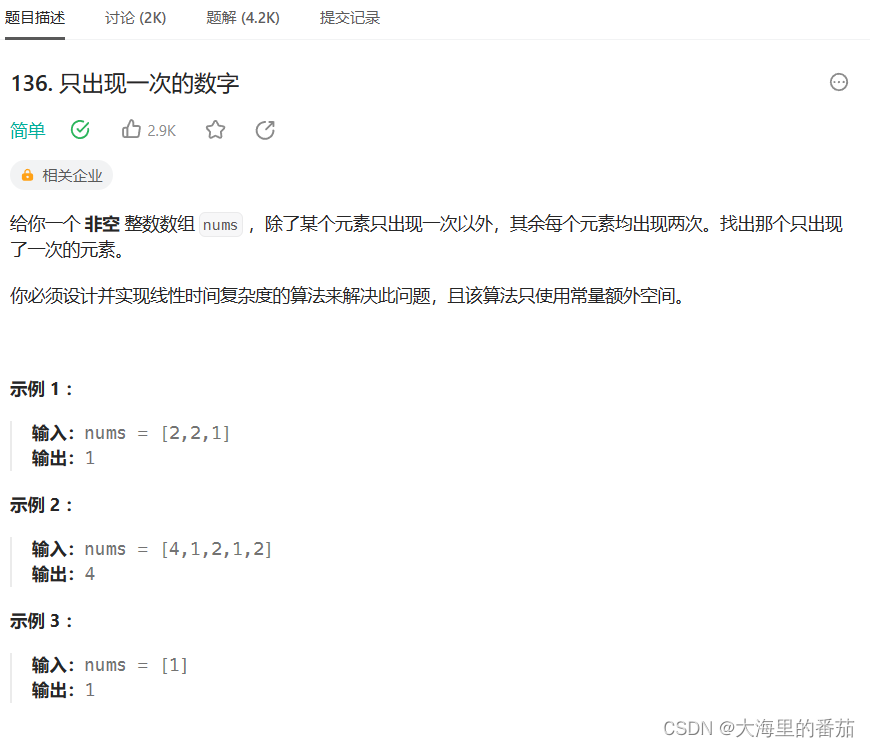上一篇文章已经讲述了如何在Android studio中搭建基于aidl的cs模型框架,只是用起来了,这次对aidl及cs端如何调用的原理进行简单分析
1 创建AIDL文件
AIDL 文件可以分为两类。
一类是用来定义接口方法,声明要暴露哪些接口给客户端调用;
一类用来声明实现了 Parcelable 接口的数据类型,以供其他 AIDL 文件使用那些非默认支持的数据类型。
在 AIDL 文件中需要明确标明引用到的数据类型所在的包名,即使两个文件处在同个包名下。
默认情况下,AIDL 支持下列数据类型:
八种基本数据类型:byte、char、short、int、long、float、double、boolean
String,CharSequence
List类型。List承载的数据必须是AIDL支持的类型,或者是其它声明的AIDL对象
Map类型。Map承载的数据必须是AIDL支持的类型,或者是其它声明的AIDL对象
客户端和服务端都需要创建,我们先在server端中创建,然后复制到client端即可。在 Android Studio 中右键点击新建一个 AIDL 文件,如图所示:
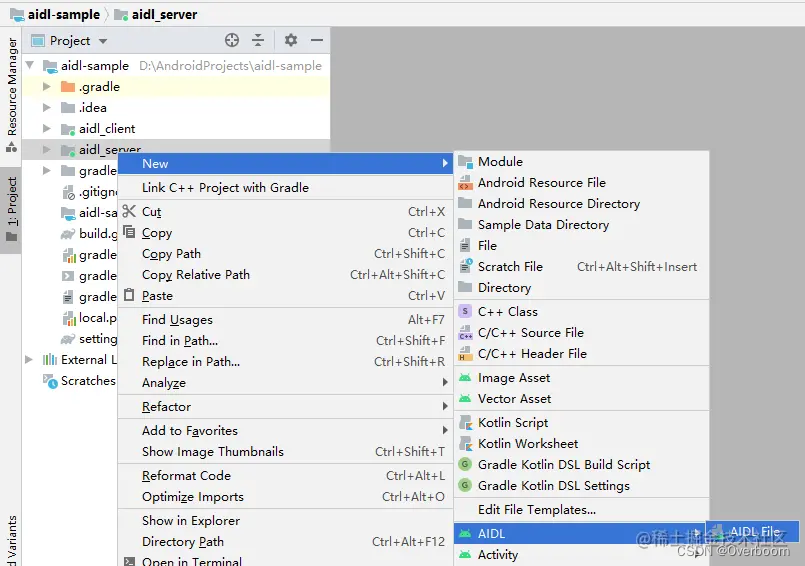
创建完成后,系统就会默认创建一个 aidl 文件夹,文件夹下的目录结构即是工程的包名,AIDL 文件就在其中。如图所示:
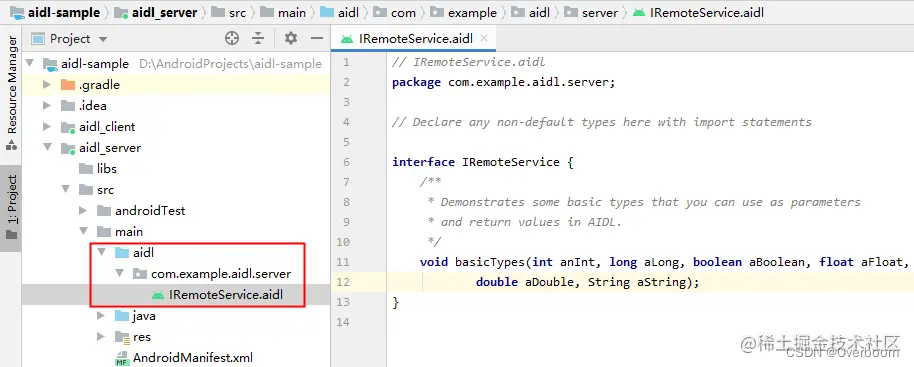
文件中会有一个默认方法,可以删除掉,也可以新增其他方法。
2 实现接口
创建或修改过 AIDL 文件后需要 build 下工程,Android SDK 工具会生成以 .aidl 文件命名的 .java 接口文件(例如,IRemoteService.aidl 生成的文件名是 IRemoteService.java),在进程间通信中真正起作用的就是该文件。生成的接口包含一个名为 Stub 的子类(例如,IRemoteService.Stub),该子类是其父接口的抽象实现,并且会声明 AIDL 文件中的所有方法。
如要实现 AIDL 生成的接口,请实例化生成的 Binder 子类(例如,IRemoteService.Stub),并实现继承自 AIDL 文件的方法。
以下是使用匿名内部类实现 IRemoteService 接口的示例:
private final IRemoteService.Stub binder = new IRemoteService.Stub() {
public int getPid(){
return Process.myPid();
}
public void basicTypes(int anInt, long aLong, boolean aBoolean,
float aFloat, double aDouble, String aString) {
// Does nothing
}
};
现在,binder 是 Stub 类的一个实例(一个 Binder),其定义了服务端的 RPC 接口。
3 server端公开接口
在为服务端实现接口后,需要向客户端公开该接口,以便客户端进行绑定。创建 Service 并实现 onBind(),从而返回生成的 Stub 的类实例。以下是服务端的示例代码:
public class RemoteService extends Service {
private final String TAG = "RemoteService";
@Override
public void onCreate() {
super.onCreate();
}
@Override
public IBinder onBind(Intent intent) {
// Return the interface
Log.d(TAG, "onBind");
return binder;
}
private final IRemoteService.Stub binder = new IRemoteService.Stub() {
public int getPid() {
return Process.myPid();
}
public void basicTypes(int anInt, long aLong, boolean aBoolean,
float aFloat, double aDouble, String aString) {
Log.d(TAG, "basicTypes anInt:" + anInt + ";aLong:" + aLong + ";aBoolean:" + aBoolean + ";aFloat:" + aFloat + ";aDouble:" + aDouble + ";aString:" + aString);
}
};
}
我们还需要在 Manefest 文件中注册我们创建的这个 Service,否则客户端无法绑定服务。
<service
android:name=".RemoteService"
android:enabled="true"
android:exported="true">
<intent-filter>
<action android:name="com.example.aidl"/>
<category android:name="android.intent.category.DEFAULT"/>
</intent-filter>
</service>
4 client 端调用IPC方法
当客户端(如 Activity)调用 bindService() 以连接此服务时,客户端的 onServiceConnected() 回调会接收服务端的 onBind() 方法所返回的 binder 实例。
客户端还必须拥有接口类的访问权限,因此如果客户端和服务端在不同应用内,则客户端应用的 src/ 目录内必须包含 .aidl 文件(该文件会生成 android.os.Binder 接口,进而为客户端提供 AIDL 方法的访问权限)的副本。所以我们需要把服务端的 aidl 文件夹整个复制到客户端的 java 文件夹同个层级下,不需要改动任何代码。
当客户端在 onServiceConnected() 回调中收到 IBinder 时,它必须调用 IRemoteService.Stub.asInterface(service),以将返回的参数转换成 IRemoteService 类型。例如:
IRemoteService iRemoteService;
private ServiceConnection mConnection = new ServiceConnection() {
// Called when the connection with the service is established
public void onServiceConnected(ComponentName className, IBinder service) {
// Following the example above for an AIDL interface,
// this gets an instance of the IRemoteInterface, which we can use to call on the service
iRemoteService = IRemoteService.Stub.asInterface(service);
}
// Called when the connection with the service disconnects unexpectedly
public void onServiceDisconnected(ComponentName className) {
Log.e(TAG, "Service has unexpectedly disconnected");
iRemoteService = null;
}
};
获得了 iRemoteService 对象,我们就可以调用 AIDL 中定义的方法了。如要断开连接,可以调用unbindService() 方法。以下是客户端的示例代码:
public class MainActivity extends AppCompatActivity {
private final String TAG = "ClientActivity";
private IRemoteService iRemoteService;
private Button mBindServiceButton;
@Override
protected void onCreate(Bundle savedInstanceState) {
super.onCreate(savedInstanceState);
setContentView(R.layout.activity_main);
mBindServiceButton = findViewById(R.id.btn_bind_service);
mBindServiceButton.setOnClickListener(new View.OnClickListener() {
@Override
public void onClick(View v) {
String text = mBindServiceButton.getText().toString();
if ("Bind Service".equals(text)) {
Intent intent = new Intent();
intent.setAction("com.example.aidl");
intent.setPackage("com.example.aidl.server");
bindService(intent, mConnection, Context.BIND_AUTO_CREATE);
} else {
unbindService(mConnection);
mBindServiceButton.setText("Bind Service");
}
}
});
}
ServiceConnection mConnection = new ServiceConnection() {
@Override
public void onServiceDisconnected(ComponentName name) {
Log.d(TAG, "onServiceDisconnected");
iRemoteService = null;
}
@Override
public void onServiceConnected(ComponentName name, IBinder service) {
Log.d(TAG, "onServiceConnected");
iRemoteService = IRemoteService.Stub.asInterface(service);
try {
int pid = iRemoteService.getPid();
int currentPid = Process.myPid();
Log.d(TAG, "currentPID: " + currentPid + ", remotePID: " + pid);
iRemoteService.basicTypes(12, 123, true, 123.4f, 123.45,
"服务端你好,我是客户端");
} catch (RemoteException e) {
e.printStackTrace();
}
mBindServiceButton.setText("Unbind Service");
}
};
}
5 通过IPC传递对象
除了上面默认支持的数据类型,AIDL 还可以传递对象,但是该类必须实现 Parcelable 接口。而该类是两个应用间都需要使用到的,所以也需要在 AIDL 文件中声明该类,为了避免出现类名重复导致无法创建 AIDL 文件的错误,这里需要先创建 AIDL 文件,之后再创建类。
先在服务端新建一个 AIDL 文件,比如 Rect.aidl,示例如下:
// Rect.aidl
package com.example.aidl.server;
// Declare Rect so AIDL can find it and knows that it implements
// the parcelable protocol.
parcelable Rect;
然后就可以创建 Rect 类了,并使之实现 Parcelable 接口。示例代码如下:
public class Rect implements Parcelable {
private int left;
private int top;
private int right;
private int bottom;
public Rect(int left, int top, int right, int bottom) {
this.left = left;
this.top = top;
this.right = right;
this.bottom = bottom;
}
public static final Parcelable.Creator<Rect> CREATOR = new Parcelable.Creator<Rect>() {
public Rect createFromParcel(Parcel in) {
return new Rect(in);
}
public Rect[] newArray(int size) {
return new Rect[size];
}
};
private Rect(Parcel in) {
readFromParcel(in);
}
@Override
public void writeToParcel(Parcel out, int flags) {
out.writeInt(left);
out.writeInt(top);
out.writeInt(right);
out.writeInt(bottom);
}
public void readFromParcel(Parcel in) {
left = in.readInt();
top = in.readInt();
right = in.readInt();
bottom = in.readInt();
}
@Override
public int describeContents() {
return 0;
}
@NonNull
@Override
public String toString() {
return "Rect[left:" + left + ",top:" + top + ",right:" + right + ",bottom:" + bottom + "]";
}
}
这样我们就可以在之前创建的 IRemoteService.aidl 中新增一个方法来传递 Rect 对象了,示例代码如下:
// IRemoteService.aidl
package com.example.aidl.server;
import com.example.aidl.server.Rect;
// Declare any non-default types here with import statements
interface IRemoteService {
/**
* Demonstrates some basic types that you can use as parameters
* and return values in AIDL.
*/
void basicTypes(int anInt, long aLong, boolean aBoolean, float aFloat,
double aDouble, String aString);
int getPid();
void addRectInOut(inout Rect rect);
}
注意这里需要明确导包:
import com.example.aidl.server.Rect;
然后将新增的 Rect.aidl 文件和 Rect.java 文件还有修改的 IRemoteService.aidl 文件同步到客户端相同路径下,如图所示:
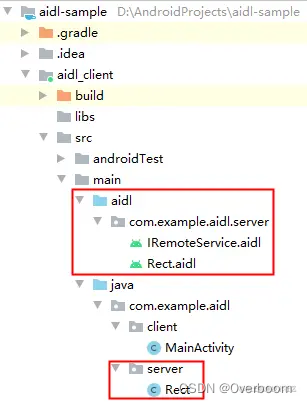
build 下工程,就可以在客户端调用到该 addRectInOut 方法了。示例代码如下:
ServiceConnection mConnection = new ServiceConnection() {
@Override
public void onServiceDisconnected(ComponentName name) {
}
@Override
public void onServiceConnected(ComponentName name, IBinder service) {
iRemoteService = IRemoteService.Stub.asInterface(service);
try {
iRemoteService.addRectInOut(new Rect(1, 2, 3, 4));
} catch (RemoteException e) {
e.printStackTrace();
}
}
};
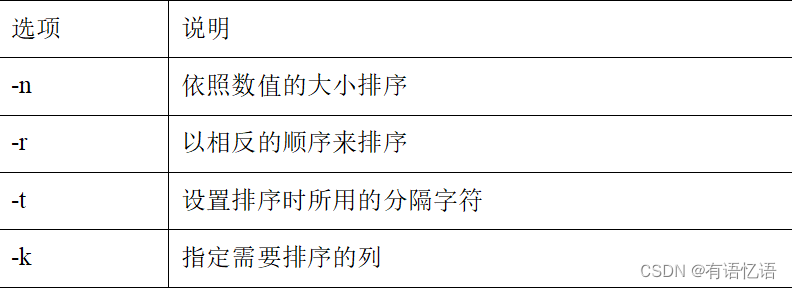
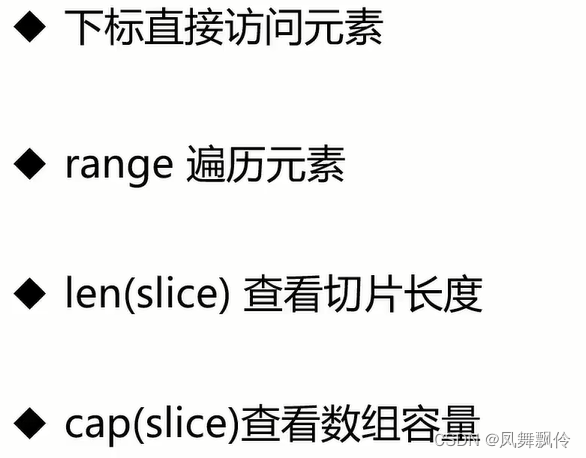









![[ZenTao]源码阅读:加载自定义任务类型](https://img-blog.csdnimg.cn/b43b5e1a1f5b49eba5377699f155e969.png)
